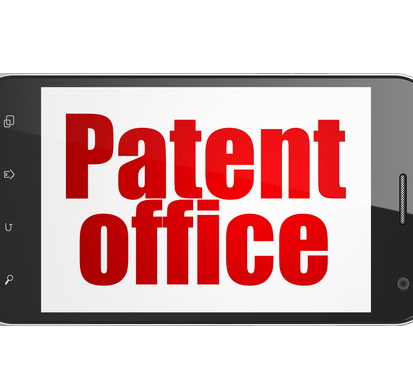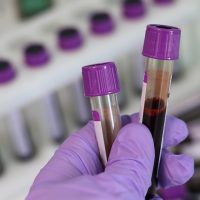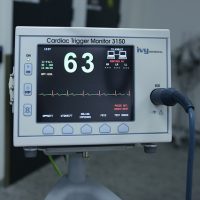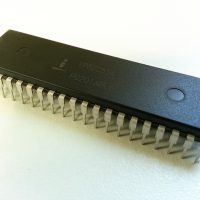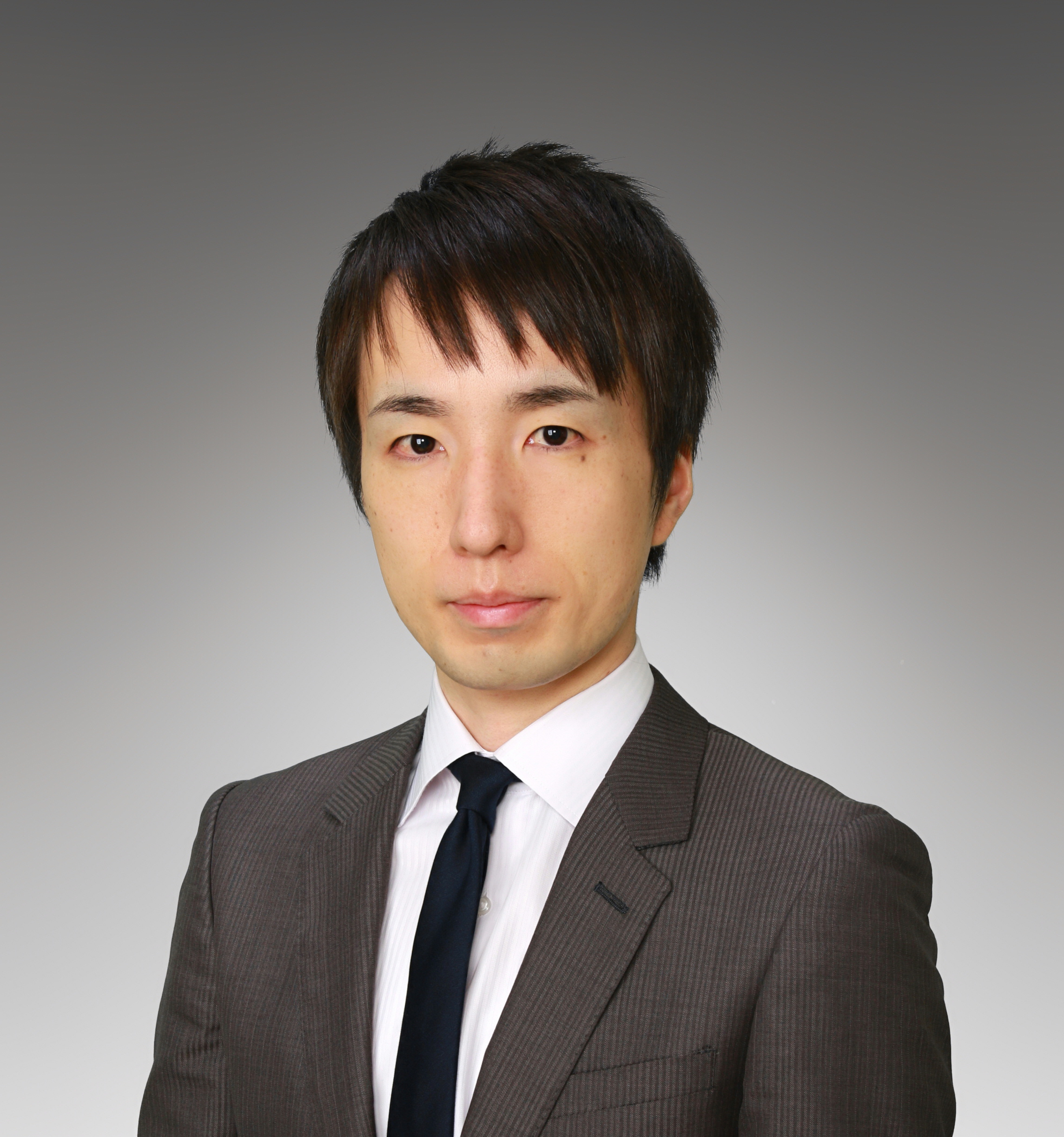The accelerated examination system/accelerated appeal examination system is a system enabling an examination to be conducted more quickly than under the regular examination upon the applicants'/appellants' request.
Compared to the regular examination system, examination results under accelerated system come out more quickly. The average FA (first action) pendency under the accelerated system is about 2.3 months (in 2017), which is much shorter than under the regular system.
Also, where an accelerated appeal examination is requested, an appeal decision is made and dispatched within 3.7 months (on average) from the date that accelerated appeal examination is requested and appeal proceeding becomes possible. (in 2017).
Patent applications falling under the categories below are eligible for the accelerated examination system or accelerated appeal examination system.
i) Working-related applicationsApplications filed by an applicant or a licensee who has already commercialized the invention or plans to commercialize the invention within two years from the filing date of a request for accelerated examination. ii) Internationally-filed applications
a) Applications that have been filed with both the JPO and at least one of foreign IP Offices,
b) Applications that have been filed with the IP Office as the Receiving Office under the PCT and then entered into the national phase in Japan, or
c) Applications that have been filed with the JPO as domestic applications and also filed with the Receiving Office under the PCT. iii) Applications filed by SMEs, individuals, universities, public research institutes etc.
Applicants of an invention, in whole or in part, are SMEs, individuals, universities or public research institutes, approved TLOs, or authorized TLOs. iv) Green-related applications
This type covers such patent applications that intend to obtain a patent of "green invention (a kind of invention that has an energy-saving effect and contributes to CO2 reduction)." v) Earthquake Disaster Recovery Support-related applications
This program can be applied to patent applications related with the aforementioned applications that fall under a) or b) as follows.
a) Applications by all or some of applicants who have an address or temporary residence in the specified affected areas and applications by people affected by the earthquake.
b) If the applicant is an incorporated entity, and the incorporated entity’s business establishment in the specified affected areas suffers damages from the earthquake and related disasters, and the applicant intends to file an application for an invention related with business operations of such business establishments as the invention that is created or licensed as business operations of such business establishment.
The procedure to apply for the accelerated (appeal) examination is required to be carried out in Japanese. Any applicant (appellant) for the accelerated (appeal) examination who has neither an address nor domicile in Japan is required to follow the procedure through a representative who has either an address or domicile in Japan (e.g. Japanese patent attorney). And a third party is unable to request for the accelerated (appeal) examination on another persons’ application or appeal.
A request for an accelerated (appeal) examination will be made by submitting a “Written explanation of the needs of the accelerated (appeal) examination”. It is necessary to describe circumstances related to a filing of an accelerated (appeal) examination, disclosures of the prior art documents and explanations of the comparisons with the invention and the prior art, etc. The details are described in the JPO's PDF file on Guidelines (in Japanese) .
JPY 0

